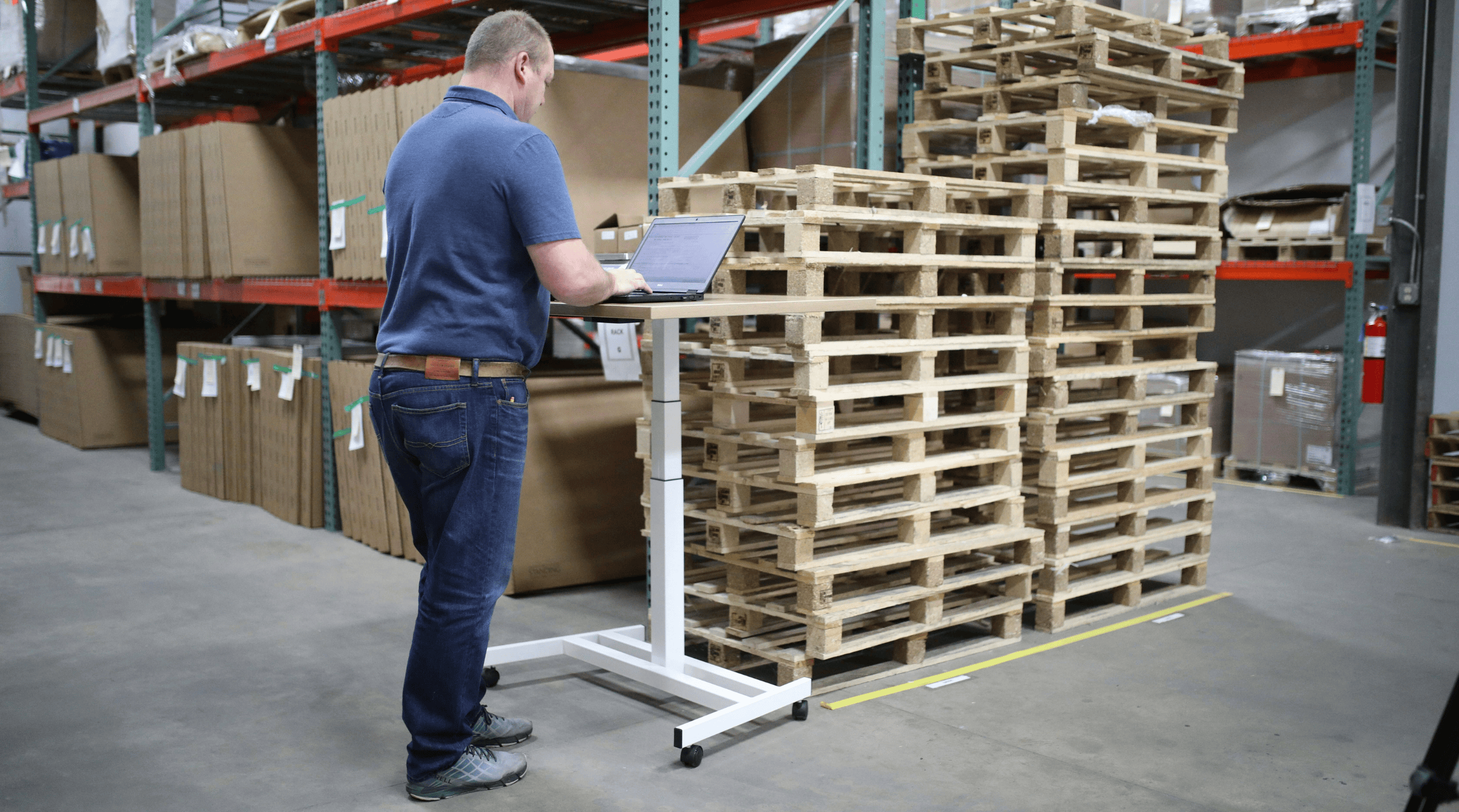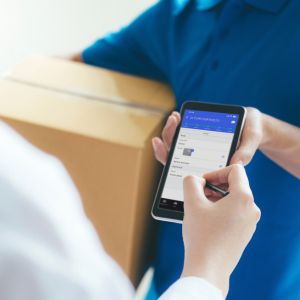The most important way to keep customers happy is to make sure they receive their goods quickly, conveniently and securely. For retailers, that means delivering orders directly to customers at home, and for wholesalers, getting raw materials or finished products for sale to retailers when they need them.
To do this, you need to ensure that you have good delivery processes in place, from planning to execution. And, as supply chains become more complex and demand continues to be volatile, the only way to really achieve this is by incorporating cutting edge technology.
Fail to plan, plan to fail.
As the old saying highlights, planning is one of the most crucial stages in the delivery process. Whilst on the surface retail and wholesale delivery might seem like a simple case of order in – goods out, the reality, as we all know, is more complicated.
For starters, there is the challenge of ensuring you have the goods when you need them. For a wholesaler, this is especially important as any delays in deliveries will have a knock-on effect on the whole supply chain. However, with high volatility in demand for different goods coupled with disruptions to global supply chains, it can be a challenge to meet the request at the right time. With many retailers working on a just-in-time model, where goods are delivered only when they’re needed, this requires even stricter planning to ensure deliveries can be fulfilled. In these situations, technology that provides flexibility around planning and last-minute changes is essential.
For retailers, one of the biggest challenges is meeting the consumers’ demands for speedy delivery. As expectations for one- or two-day delivery increase, ensuring that they can fulfil the orders in time requires real planning. The most expensive part of this challenge is last-mile delivery. Because retailers’ businesses are based around high volume and frequency, it makes planning more complex. And beyond deciding the route, retailers and wholesalers need to also factor in how the goods will get to where they need to:
- Will they be delivered by their own fleet of trucks? Will third-party carriers or crowd-sourced deliveries (those contracted out to individuals with their own vehicles) deliver them? Or will it be a combination?
- How many trucks, and therefore drivers will be needed? And what size trucks are required? Are there size restrictions on the route?
- Are refrigerated vehicles needed for a particular delivery?
- For international deliveries, what regulations need to be factored in when selecting the vehicles and drivers?
With so many considerations to factor into planning, designing efficient routes manually can be challenging. Advanced route optimization technology helps streamline the process and improve efficiency.
Optimization for ultimate efficiency
Such complexity in route planning can mean the costs pile up: more orders and more locations mean more trucks, more drivers, more miles and more fuel…or does it? Many retailers and wholesalers are now using route optimization software to further increase efficiency in planning and keep costs low.
Using advanced route optimization technology, these tools can work out the optimal route for any set of deliveries. So, compared to manual planning (or even basic planning tools), it can reduce the number of resources you need and the miles driven regardless of how complex the delivery network is.
You can also use route optimization tools to factor in other business objectives, such as:
- Faster time to customer
- Restricted routes
- Lower CO2 emissions
- Driver constrictions
- Cross-border regulations
- Electric vehicle battery life
- Delivery time windows
- Reverse logistics
By having better control over this part of the delivery process, not only can you keep a handle on costs, but you can also deliver a much better customer service.
A great example of this is optimizing for specific time windows. Allowing customers to choose a two- or three-hour delivery window adds an extra level of complexity to planning. However, advanced route optimization software can efficiently account for these preferences. The benefit is a better customer experience, as it enables recipients to plan around the delivery rather than wait at home all day. It also reduces the chances of missed deliveries, which can be costly for retailers and delivery companies.
Execute to perfection
Once the routes have been optimized, the only thing left is to get the parcels to the customers. Even with perfect planning, there’s no guarantee everything will run smoothly. Unexpected roadworks, high volumes of traffic or forced rerouting can disrupt any well-designed route. Although you can’t always control the situation, you can act to minimise any impact, but only if you know that it’s happening. That’s where real-time transport visibility software comes in.
Tools that track deliveries with live locations can quickly alert you to any potential problems. Coupling this with route optimization software means that, in some situations, you can reroute the delivery without causing any delays. If that’s not possible, customers will receive a notification with a new, more accurate, ETA based on live traffic information. This can help them to reduce any negative impact on their side because of the delay. Another added benefit of connecting your real-time transport management system with route optimization is that the model can factor in traffic data from historic trips to learn how to adapt routes to avoid commonly occurring delays in future.
Another important element of the execution part of the delivery process is documentation. This is necessary to ensure the right parcel has been delivered to the right person, that the retailer gets paid quickly and that, if the customer needs to make a claim about a damaged or incorrect delivery, they can do so easily. Traditionally this has required physical paperwork, however this is slow and prone to human error. Instead, many real-time transport visibility tools enable digital documentation and include features such as electronic proof of delivery (ePOD) with sign-on-glass technology that the driver can access via a mobile app. These documents are automatically saved in the cloud for central office to process immediately. Again, this is just another way that automation can help streamline your delivery processes and make sure you stay in control.
End-to-end tools to improve your delivery processes
Maintaining control over your operations means keeping track of multiple complex processes at different stages of the delivery, in planning, optimization and execution. There are many tools available to help you, however to ensure you’re really in control, it makes sense to find one that helps you manage all stages in one place. Using technology that can integrate easily with different tools to help you create a single point of control will help you increase efficiency, improve customer service and save time and money.


